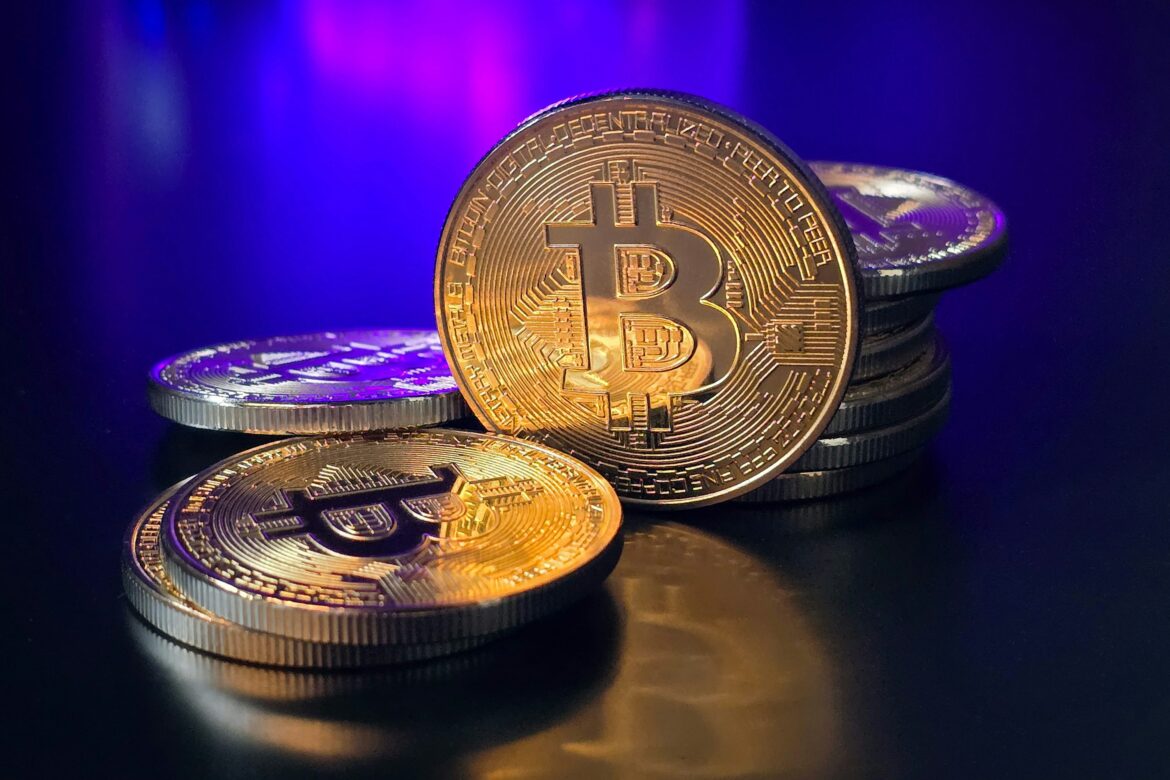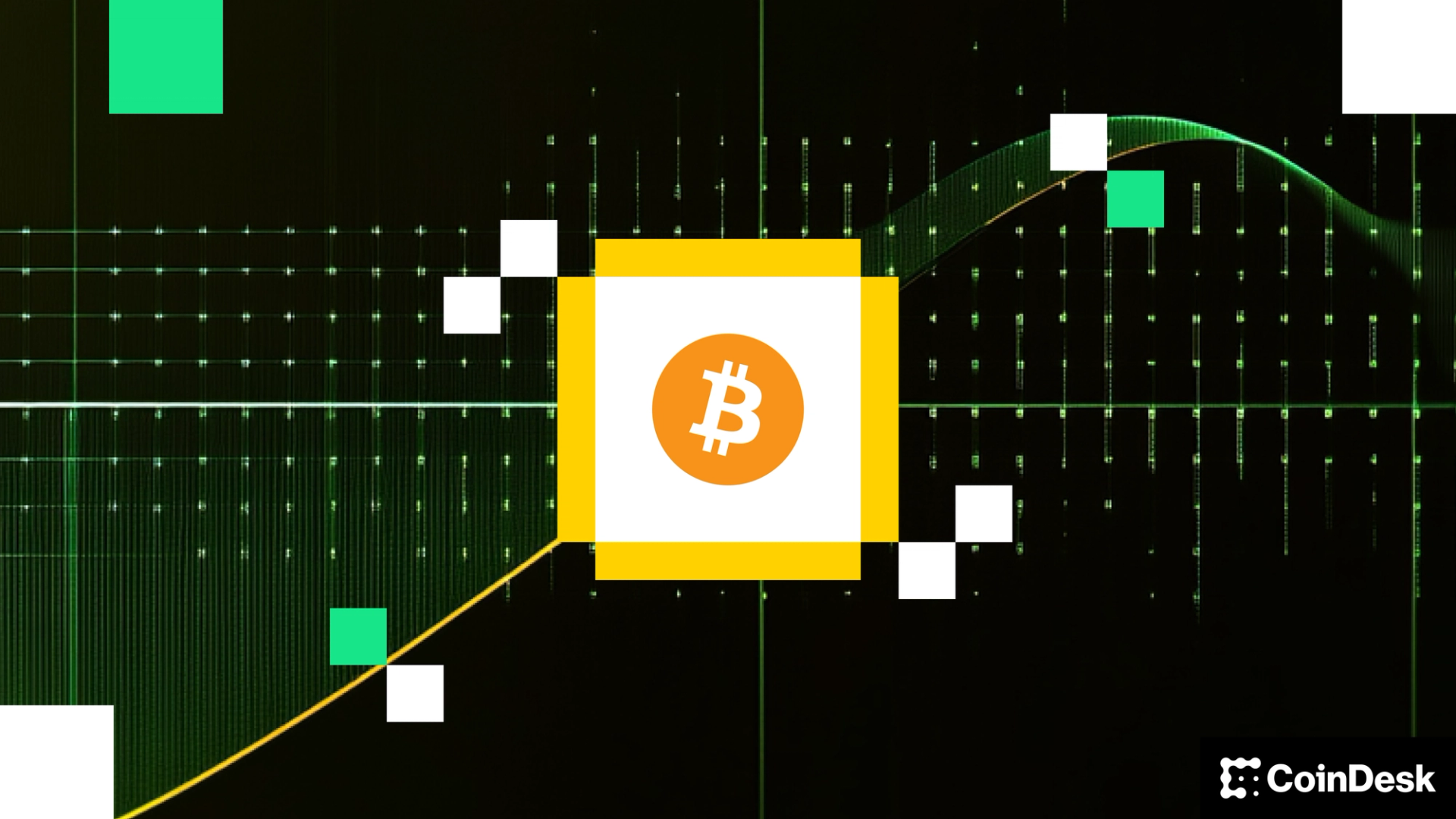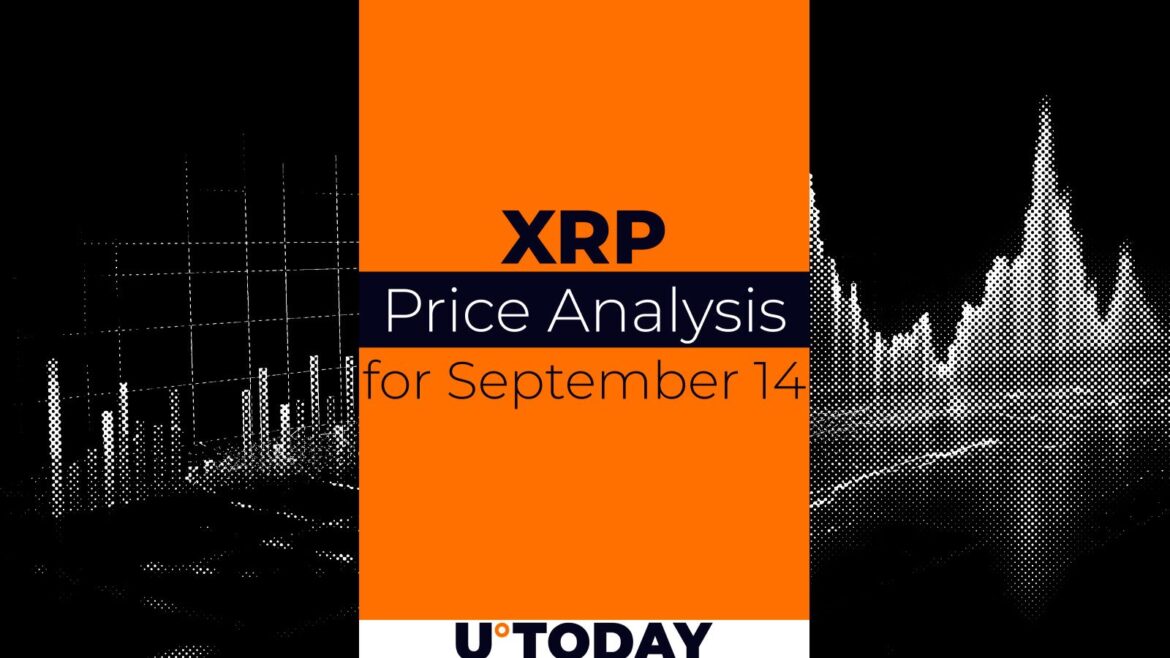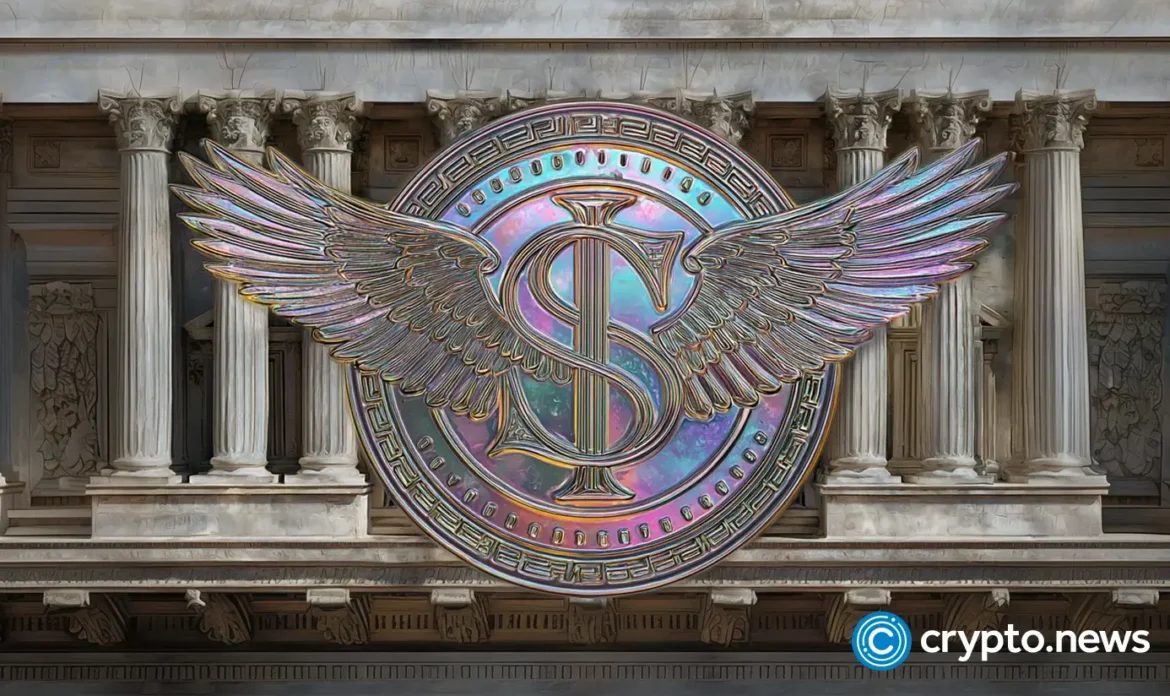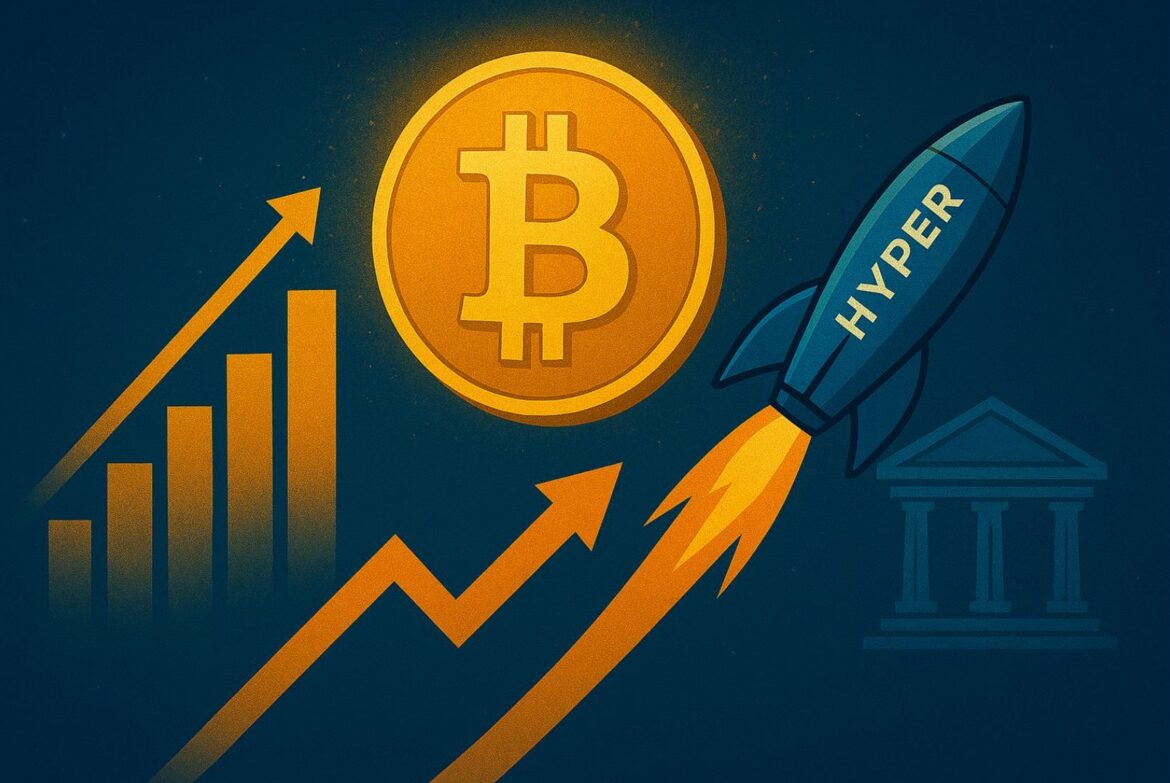Trusted Editorial content, reviewed by leading industry experts and seasoned editors. Ad Disclosure
Strategy’s stock and treasury moves have grabbed fresh attention after the company’s executive chairman compared the firm’s returns to those of the so-called Magnificent 7 tech giants. Short and blunt: Strategy has leaned hard into Bitcoin, and recent numbers make a striking case.
Strategy’s Bitcoin Haul And Returns
According to posts by Michael Saylor, Strategy now holds about 638,460 BTC following a purchase of 1,955 BTC at an average price near 111,196. The company has spent roughly $47 billion, fees included, to build that stack at an average buy price of $73,880.
Based on reports, the current value of those holdings is about $71 billion. Those figures sit at the center of Saylor’s argument that his firm’s balance sheet strategy has paid off in ways typical tech plays have not.
Open Interest And Market Cap Comparison
Saylor also shared a chart that matched open interest against market capitalization. Strategy topped that metric at 100%, while Tesla registered 26%. The rest of the Magnificent 7 — Nvidia, Meta, Alphabet, Apple, Amazon, and Microsoft — came in well below Strategy’s reading.
According to his post, this comparison underpins the claim that Strategy’s market dynamics tied to Bitcoin have outpaced many heavyweight tech names.
What’s your Strategy to beat the Magnificent 7? pic.twitter.com/wywaAij3Rs
— Michael Saylor (@saylor) September 13, 2025
Magnificent 7 Face Headwinds
Based on reports, each of those big tech firms is dealing with different pressures. Apple and Microsoft face tougher regulatory checks.
Amazon is seeing slower consumer demand. Tesla must contend with rising competition in electric vehicles. Nvidia remains a strong performer because of AI chip demand, but even Nvidia’s run this year has not matched its earlier explosive gains.
Annualized returns presented by Saylor put Strategy at 91%, Nvidia at 72%, Tesla at 32%, Alphabet at 26%, and Meta at 23%. Microsoft, Apple, and Amazon showed significantly lower annualized gains in that comparison.
BTCUSD currently trading at $115,580. Chart: TradingView
Other Firms Are Buying Bitcoin Too
Reports have disclosed that about 12 companies upped their Bitcoin holdings last week, led by Strategy’s 1,955 BTC purchase. Gemini added 1,191 BTC and Bitdeer took on 333.5 BTC.
Companies from Japan’s Metaplanet to China’s Cango and the US firm Volcon also added coins. According to BitcoinTreasuries.NET, the 100 largest public holders now control 1,009,202 BTC, which is valued at more than $117 billion today.
Bitcoin Could Be The Answer
“What’s your Strategy to beat the Magnificent 7?” Saylor asked on X, hinting that Bitcoin—and his company’s bold treasury bet—may offer the answer.
Whether investors see it as a challenge or a warning depends on how they weigh Bitcoin exposure against traditional tech growth.
Featured image from Unsplash, chart from TradingView
Editorial Process for bitcoinist is centered on delivering thoroughly researched, accurate, and unbiased content. We uphold strict sourcing standards, and each page undergoes diligent review by our team of top technology experts and seasoned editors. This process ensures the integrity, relevance, and value of our content for our readers.

